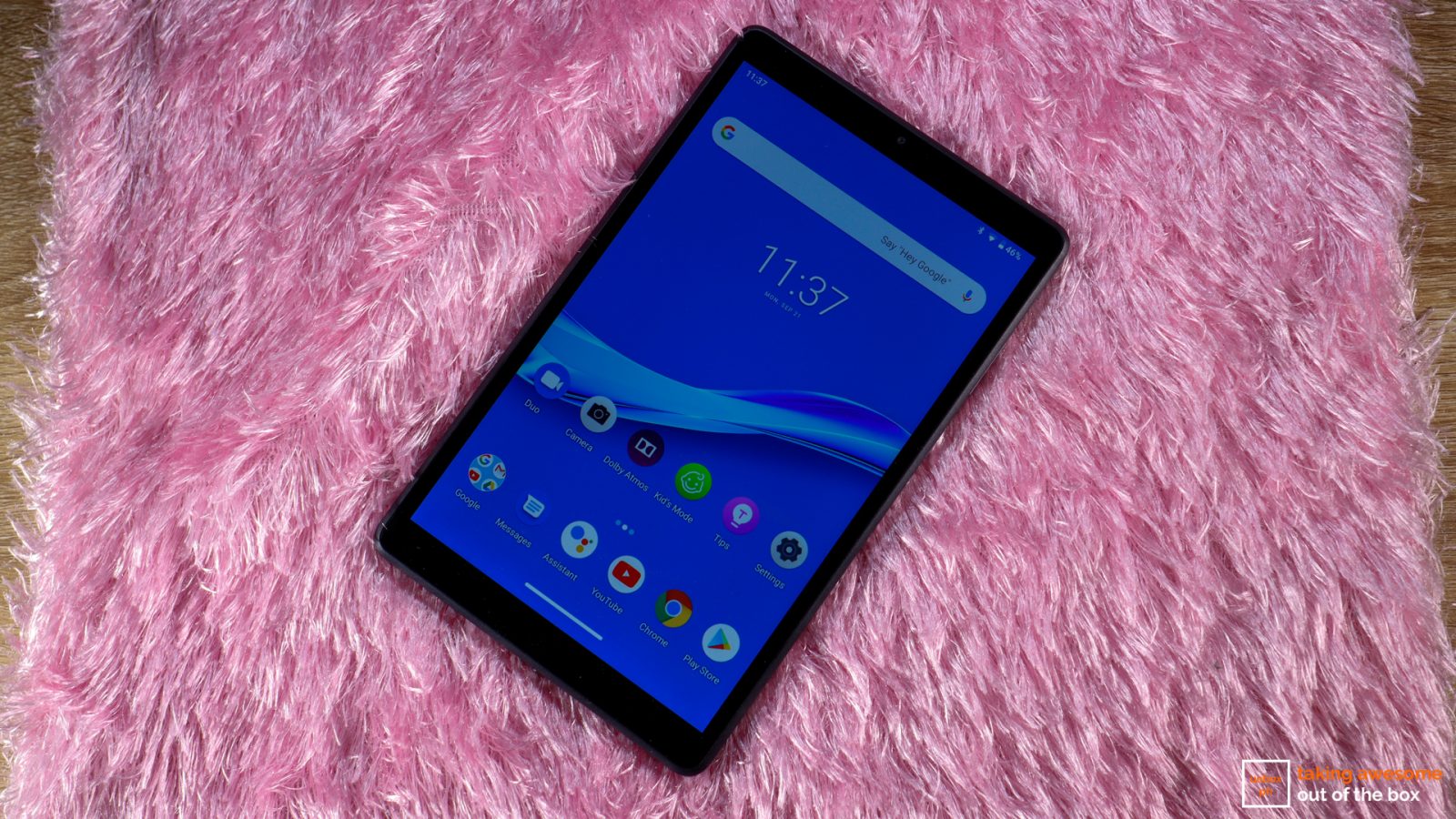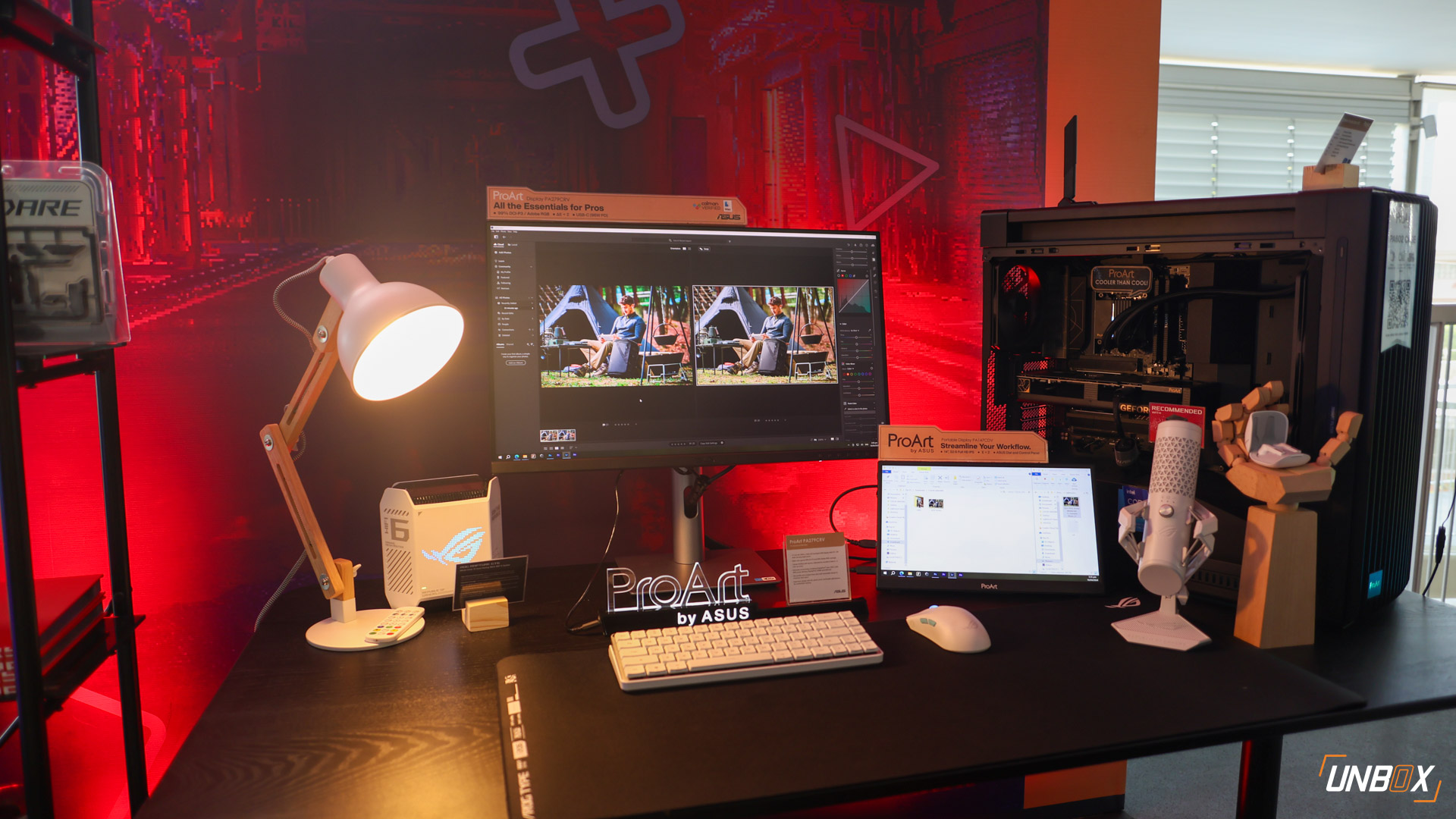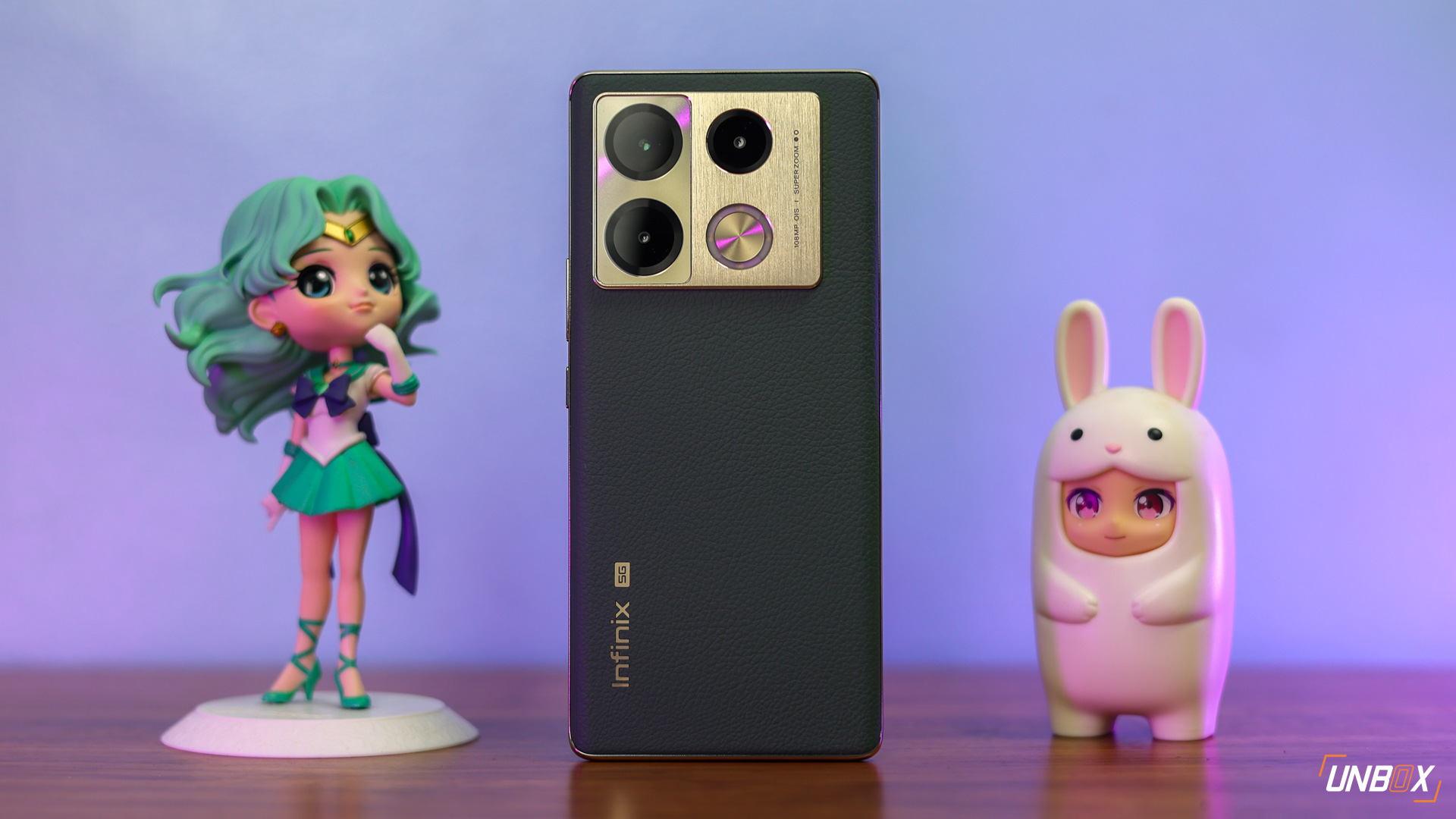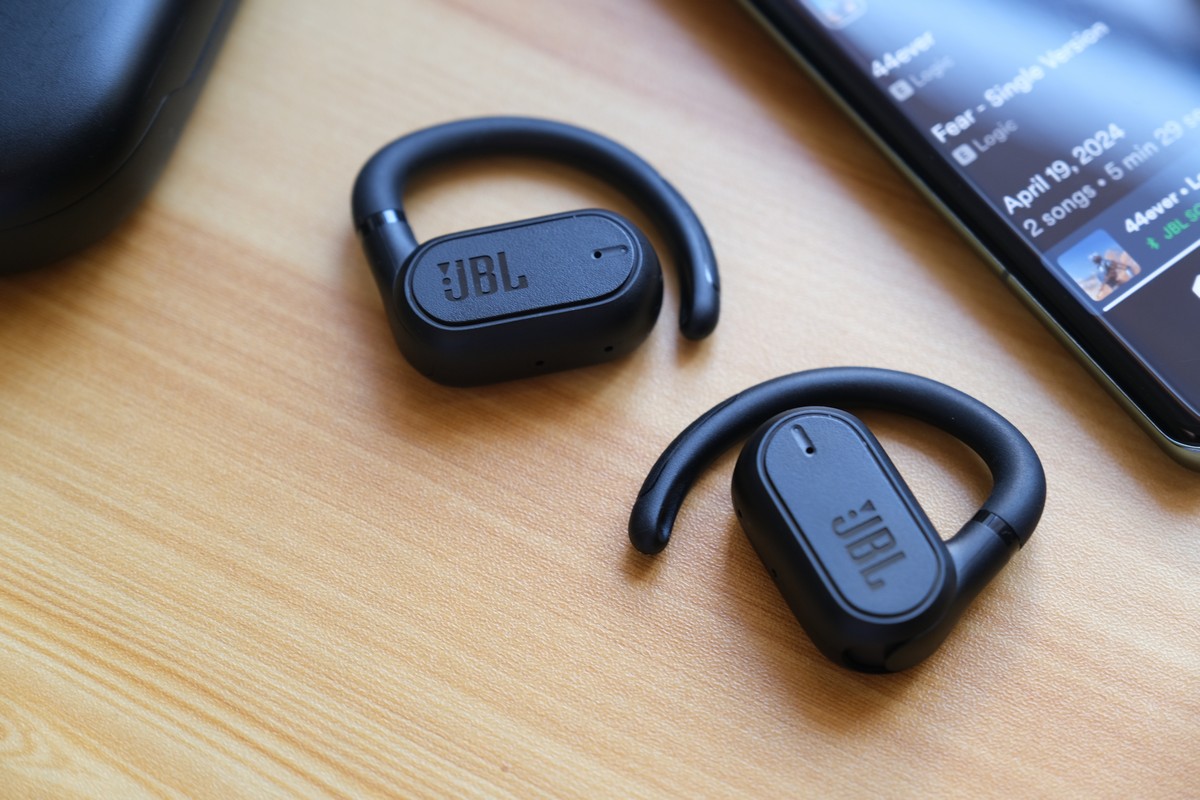Huawei previously flirted with the idea of putting two cameras in a phone via their Honor-branded 6 Plus, but it was the P9 that the company really went all in with the new camera tech. And while the Leica-branded P9 and P9 Plus weren’t perfect, they were good enough to capture a sizable portion of the market locally. Huawei’s follow-up, the P10 and the P10 Plus tries to address many of the small niggles that the previous phones had by improving the quality of the rear camera and throwing a Leica co-engineered front camera to the mix. Will the new phones catch on?
Huawei P10 specs
- HiSilicon Kirin 960 octa-core processor
- 4GB of RAM
- 5.1-inch full HD display, 1920 x 1080 resolution
- 64GB expandable storage via microSD
- Leica co-developed cameras, 12-megapixel color sensor, 20-megapixel monochrome sensor, f/2.2 aperture, OIS
- 8-megapixel front camera
- Dual SIM
- WiFi, Bluetooth, GPS, NFC, Fingerprint scanner, fast charge
- 3200mAh battery
- Android 7.0 Nougat (EMUI 5.1)
Huawei P10 Plus specs
- HiSilicon Kirin 960 octa-core processor
- 6GB of RAM
- 5.5-inch WQHD display, 2560 x 1440 resolution
- Leica co-developed cameras, 12-megapixel color sensor, 20-megapixel monochrome sensor, f/1.9 aperture, OIS
- 8-megapixel front camera
- 128GB expandable storage via microSD
- Dual SIM
- WiFi, Bluetooth, GPS, NFC, fingerprint scanner, fast charge
- 3650mAh battery
- Android 7.0 Nougat (EMUI 5.1)
Initial impressions: It’s the Mate 9 in a swankier, smaller body
The P10, in a nutshell, is basically Huawei’s Mate 9 shrunk down to a handier package. The hardware is essentially the same – a Kirin 960 octa-core processor running 4GB of RAM, 64GB of internal, expandable storage as well as the second generation Leica co-engineered twin cameras on the rear. The difference here is the design language – the P10’s design is a refinement of the P9’s overall design language, and while it still uses a metal body the phone feels more comfortable to hand than last year’s model.
The bezels of the display has been shrunk down, and Huawei has gone wild on the color variants, as there’s around eight colors available, in three different finishes. The Chinese company is particularly proud of the Dazzling Blue and Greenery colors, which were developed with Pantone.
The P10 is a slightly more pocketable phone than last year’s model with a 5.1-inch display, and Huawei has slightly tweaked how the phone looks to make it easier to use. The fingerprint reader has been shifted to the front leaving the rear of the phone smooth and protusion free. The fingerprint reader isn’t a button per se, though it registers your swipes and can be used to navigate through Android Nougat.
Disappointingly the P10 still uses a full HD panel, though its bigger brother, the P10 Plus finally has a WQHD display to go with its bigger 5.5-inch display. The bigger P10 Plus also gets a few improvements in the camera department – wider aperture f/1.8 lenses for the rear camera, as well as more 6GB of RAM and 128GB of storage. The front camera of the two models also get Leica branding as well.
Powering everything is Android Nougat along with Huawei’s EMUI 5.1 interface, and both phones benefit from Huawei’s “machine learning algorigthms” that’s present on the Mate 9. In a nutshell, that algorithm allows the phone to prioritize resources to apps that you open and use the most often, which means that the phone should stay fast or become faster the longer you use it.
Both the P10 and P10 Plus are more iterative products this time around, and that’s okay. Huawei has found a winning formula to their phones, and it makes sense for the company to milk it (and their partnership with Leica) for all its worth. Still it’d be interesting to see how both phones will fare in the local market considering that they’re priced higher than the previous models, with the top tier P10 Plus priced at past 40K. At those levels you’re already talking about iPhone-level pricing, something that simply doesn’t fly in the Philippines. We’ll have to see when the phones officially launch in April.













